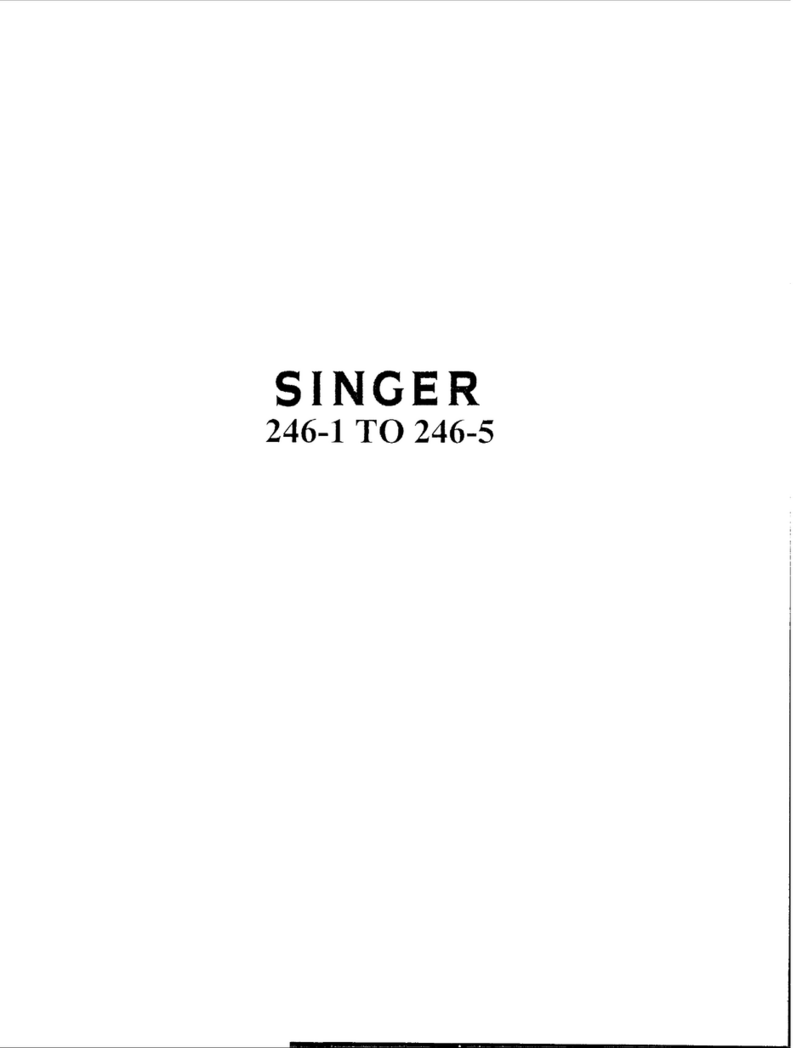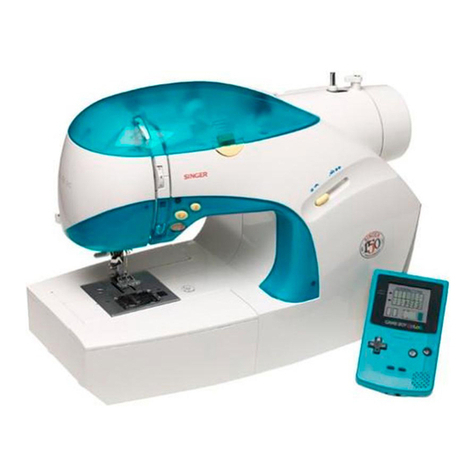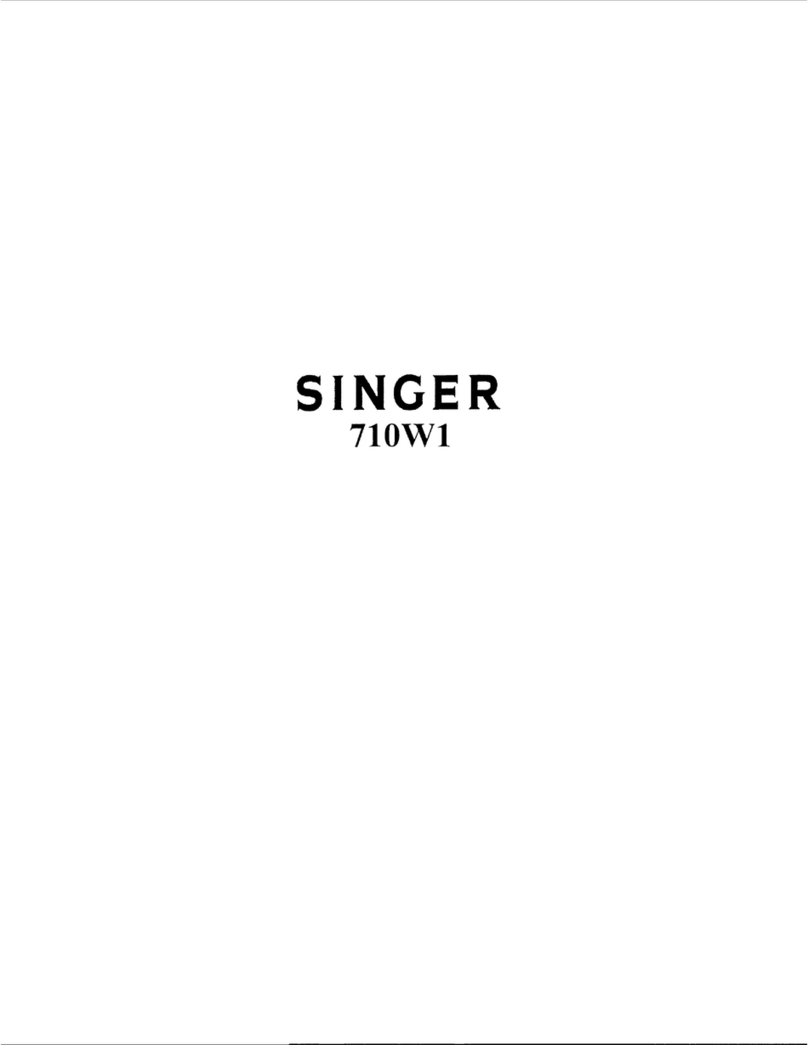Singer 300wl03 User manual
Other Singer Sewing Machine manuals

Singer
Singer 66-18 User manual
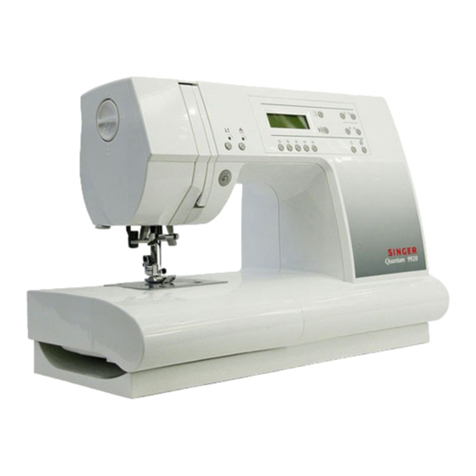
Singer
Singer QUANTUM 9920 User manual

Singer
Singer 2662 User manual
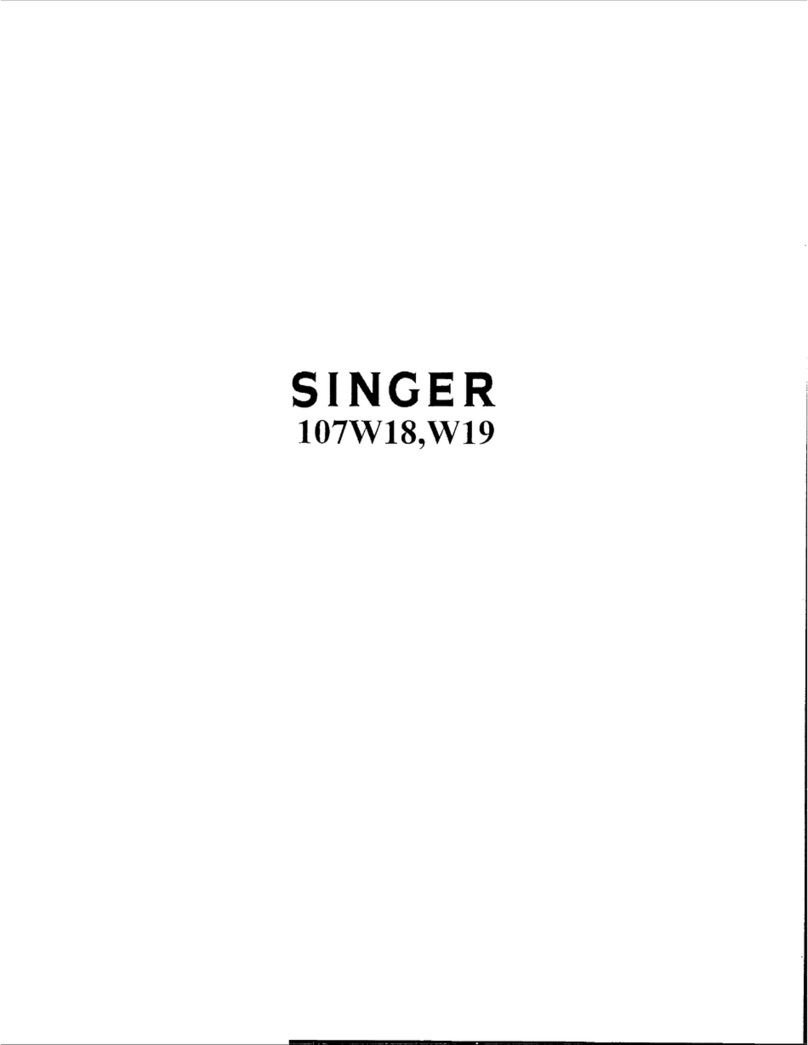
Singer
Singer 107W18 Quick start guide

Singer
Singer 246-31 Installation and operation manual

Singer
Singer 338 User manual
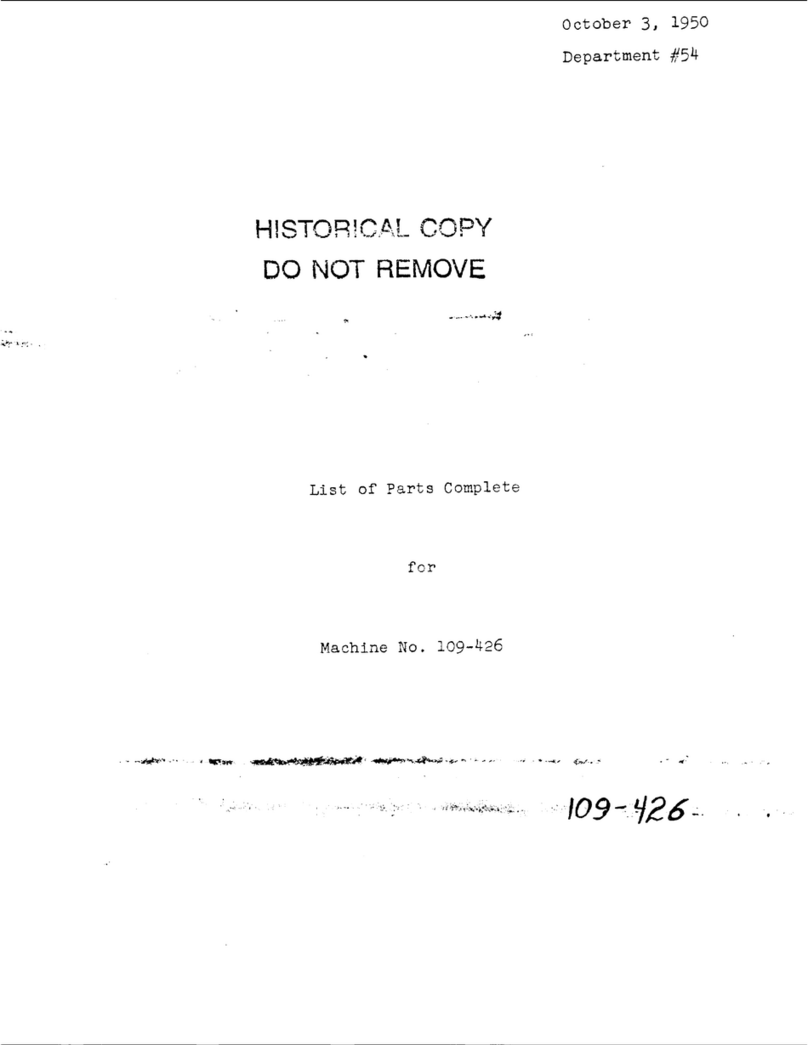
Singer
Singer 109-426 User manual
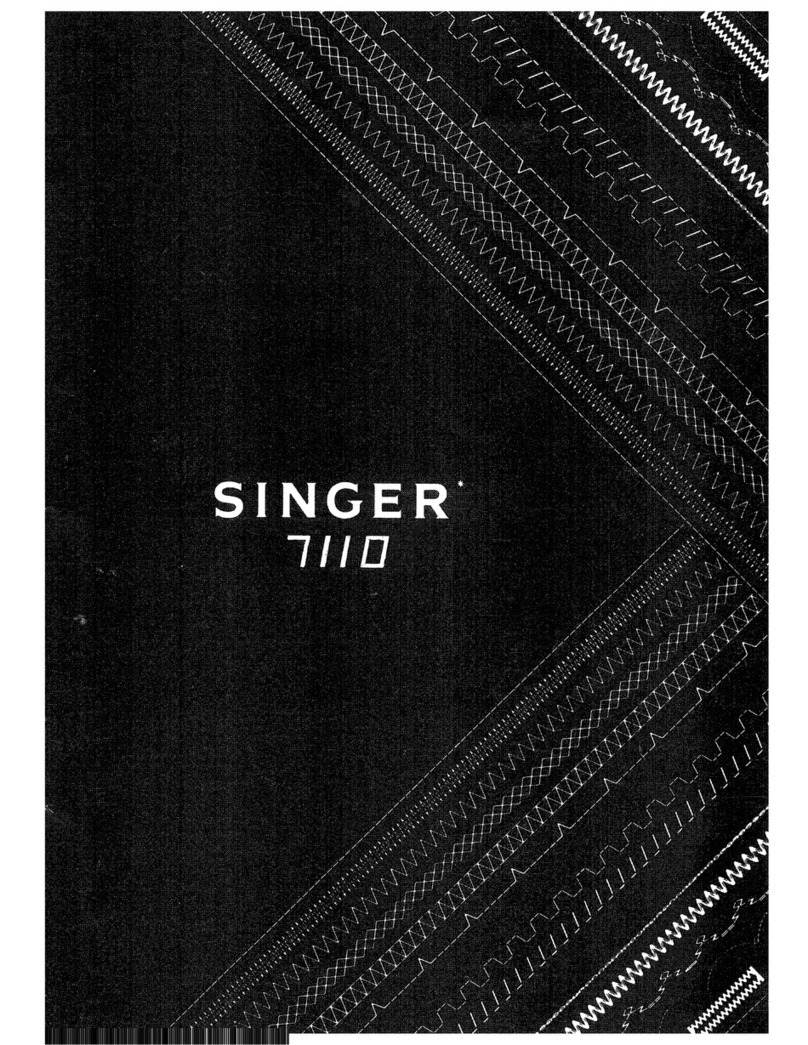
Singer
Singer 7110 User manual
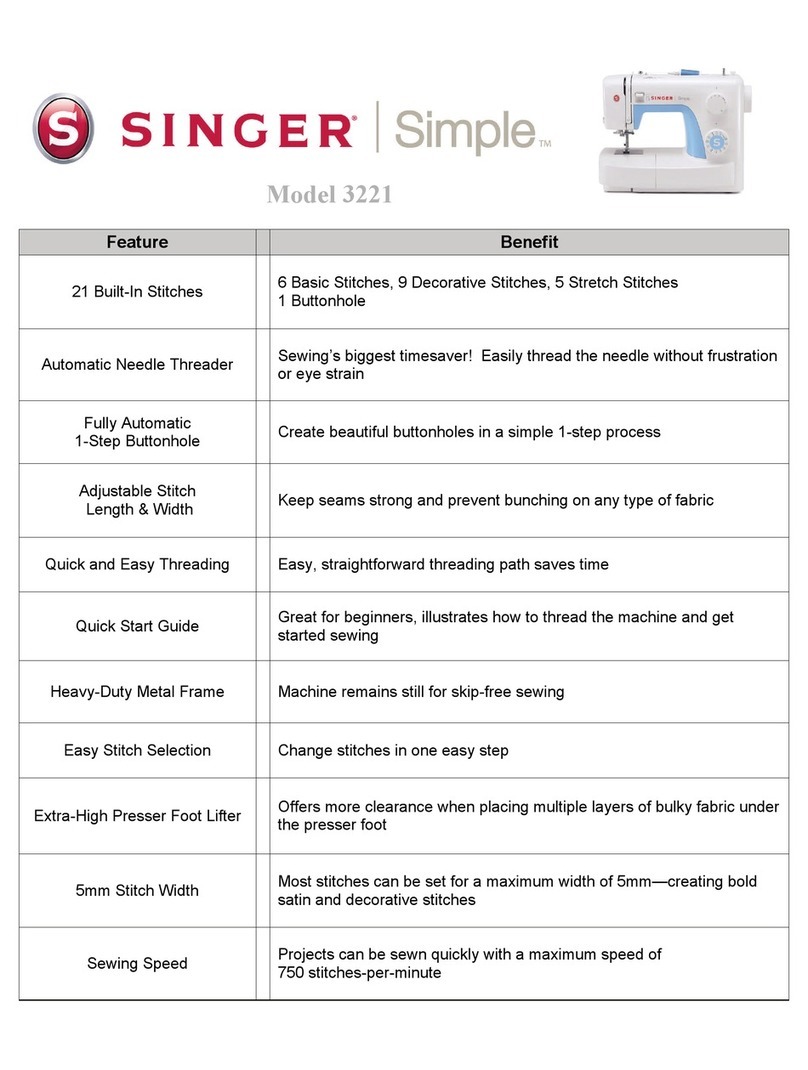
Singer
Singer Simple 3221 User manual

Singer
Singer C7290Q User manual
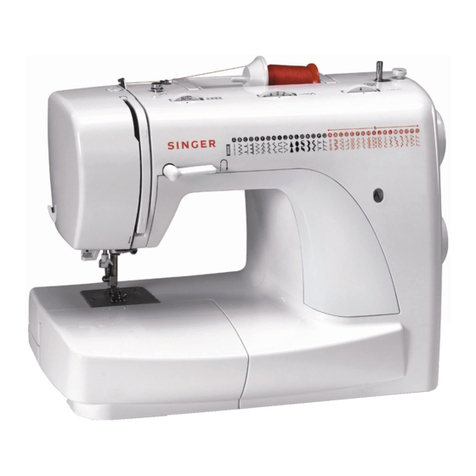
Singer
Singer 2932 User manual

Singer
Singer 36-1 User manual
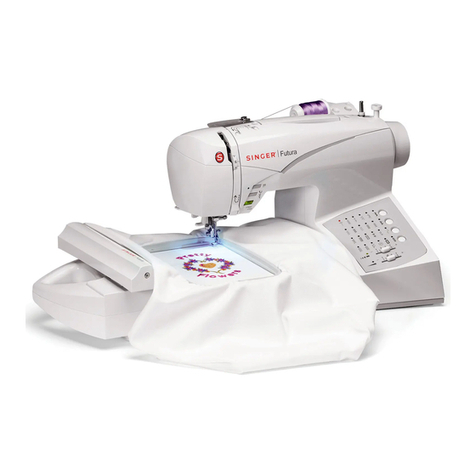
Singer
Singer FUTURA CE-150 User manual

Singer
Singer 954 User manual

Singer
Singer 258 User manual
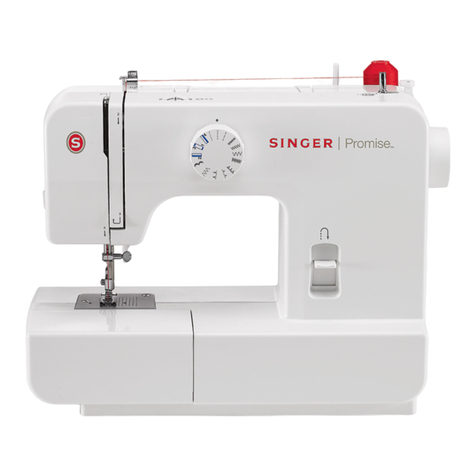
Singer
Singer 1500 series User manual
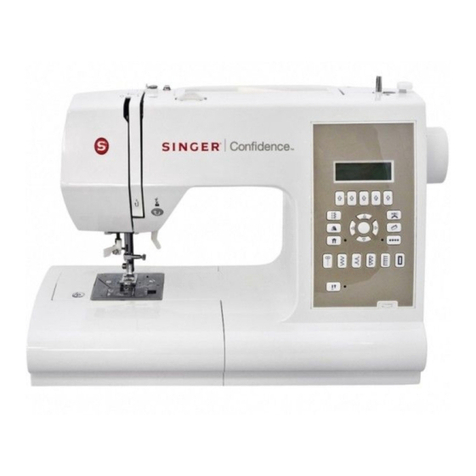
Singer
Singer CONFIDENCE 7470 User manual
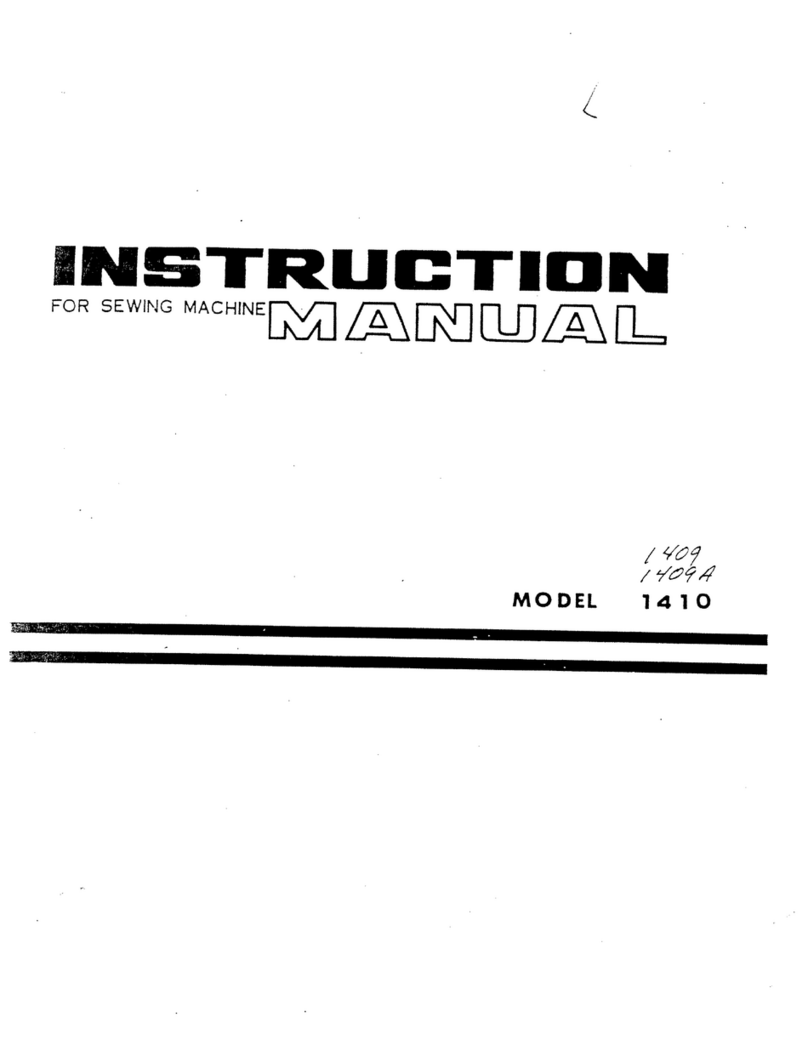
Singer
Singer 1409 User manual
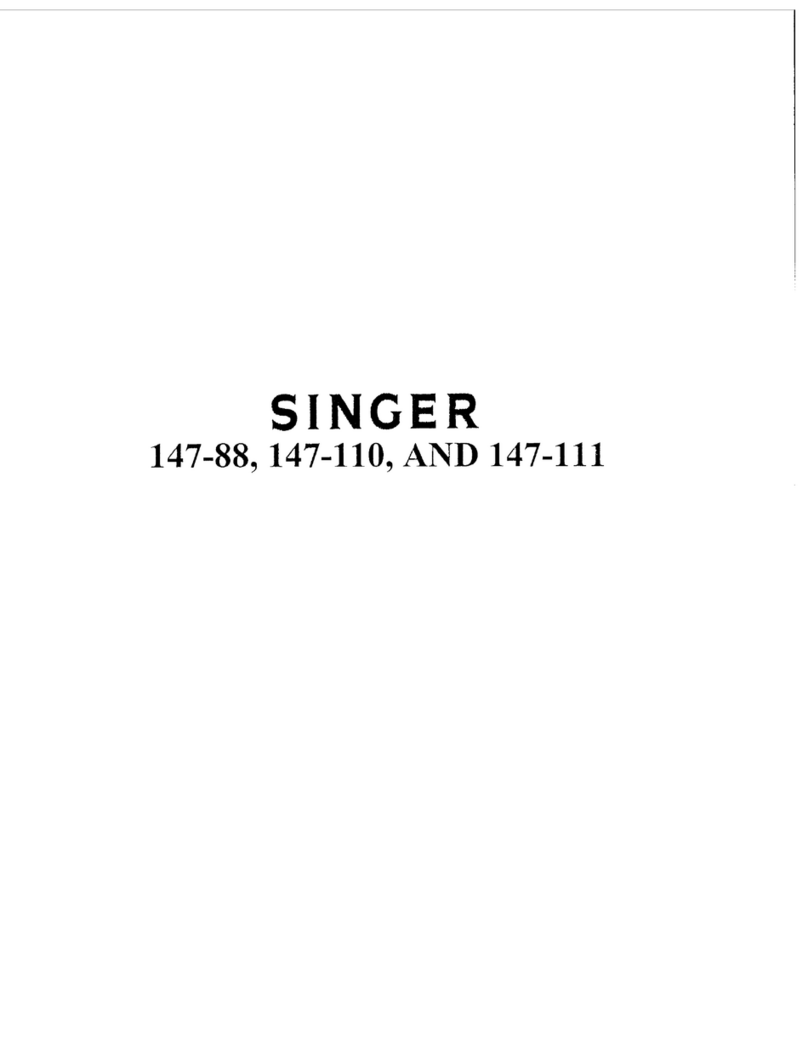
Singer
Singer 147-110 Quick start guide

Singer
Singer 14T968DC Professional 5 User manual

